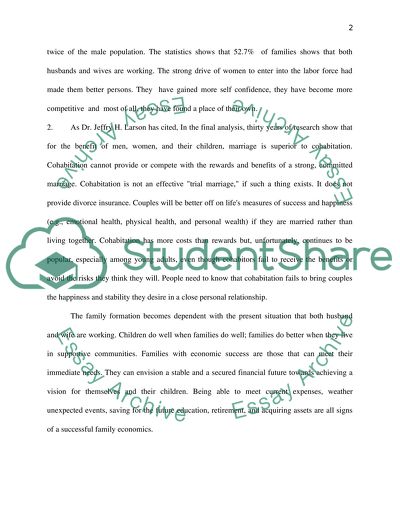Cite this document
(“The Issue of Women in the Workplace outside the Home Research Paper”, n.d.)
The Issue of Women in the Workplace outside the Home Research Paper. Retrieved from https://studentshare.org/gender-sexual-studies/1516220-labor-economics-essay
The Issue of Women in the Workplace outside the Home Research Paper. Retrieved from https://studentshare.org/gender-sexual-studies/1516220-labor-economics-essay
(The Issue of Women in the Workplace Outside the Home Research Paper)
The Issue of Women in the Workplace Outside the Home Research Paper. https://studentshare.org/gender-sexual-studies/1516220-labor-economics-essay.
The Issue of Women in the Workplace Outside the Home Research Paper. https://studentshare.org/gender-sexual-studies/1516220-labor-economics-essay.
“The Issue of Women in the Workplace Outside the Home Research Paper”, n.d. https://studentshare.org/gender-sexual-studies/1516220-labor-economics-essay.


